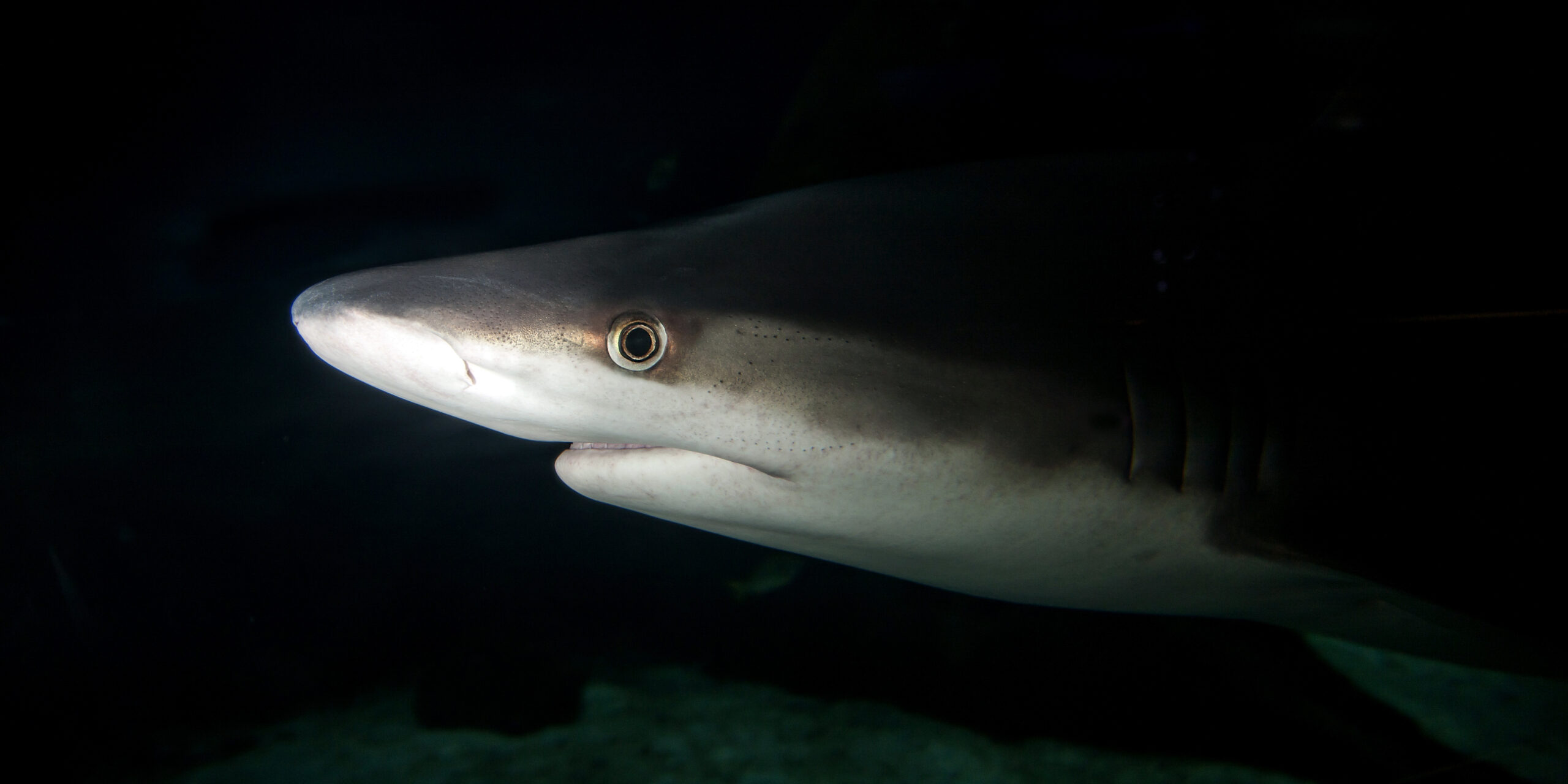Why Are Bonnethead Sharks on the Move?
What 44 Sharks from the North Edisto River Can Tell Us

Water temperatures could be the key.
The bonnethead (sphyrna tiburo), a small shark species, lives along the Southeast coast. Fishers are likely to find bonnetheads in North and South Carolina estuaries from April through November. Beacuse its habitat often faces significant temperature changes, the bonnethead migrates south during cold seasons to seek warmer waters and returns northward to the same sites year after year (a phenomenon known as “site fidelity”).
The specifics of what motivates this organized migration, however, remain unknown. Scientists knew that if they tracked these animals for several years, while monitoring sea surface temperatures, they might be able to better understand their migratory behavior.
Researchers from Florida State University, NOAA Fisheries, and the Marine Resources Research Institute focused on South Carolina’s North Edisto River, a common migration destination for bonnetheads. The team tagged 44 bonnetheads at the North Edisto site from 2015 to 2018 and continued to track their activity until 2023. Each shark was fitted with a small, battery-powered passive acoustic tag that enabled scientists to track its location.
The Findings
Despite traveling across the Southeast coast during colder seasons, all but one shark returned to the North Edisto site every summer.
Furthermore, average seasonal temperatures affect how far bonnetheads migrate, with warmer-than-average temperatures corresponding to shorter distances and colder-than-average temperatures corresponding to longer distances.
In general, the sharks overwintered in the nearshore Atlantic Ocean waters from Georgia to central Florida.
The sharks showed a strong preference for water temperatures within the range of about 62° F to 72° F. Even if areas outside this range were easily accessible, the sharks avoided them.
In addition, some sharks displayed social behavior, traveling in the same groups more than once. This reflects studies across shark species that show sharks tend to bond with other sharks they commonly encounter.
Because temperature appears to have the greatest impact on bonnethead shark migration, climate change creates high stakes for this species — and potentially others. As waters continue to warm, temperature-sensitive species will have trouble finding optimal habitats, which will cause significant disruption to the patterns and geographical ranges of their migrations.
the full study
“The spatiotemporal effect of sea surface temperature on the seasonal migrations of the Bonnethead, Sphyrna Tiburo” in Environmental Biology of Fishes.
lead photo: bonnethead shark. Credit: NOAA Teacher at Sea Program/Bruce Taterka.
This story also appeared in North Carolina Sea Grant’s Hook, Line & Science, the award-winning series curated by Scott Baker and Sara Mirabilio.
Ruthie Froning is a contributing editor for Coastwatch and has also published her writing in Hook, Line & Science. She is pursuing a master’s degree in linguistics at NC State University.


